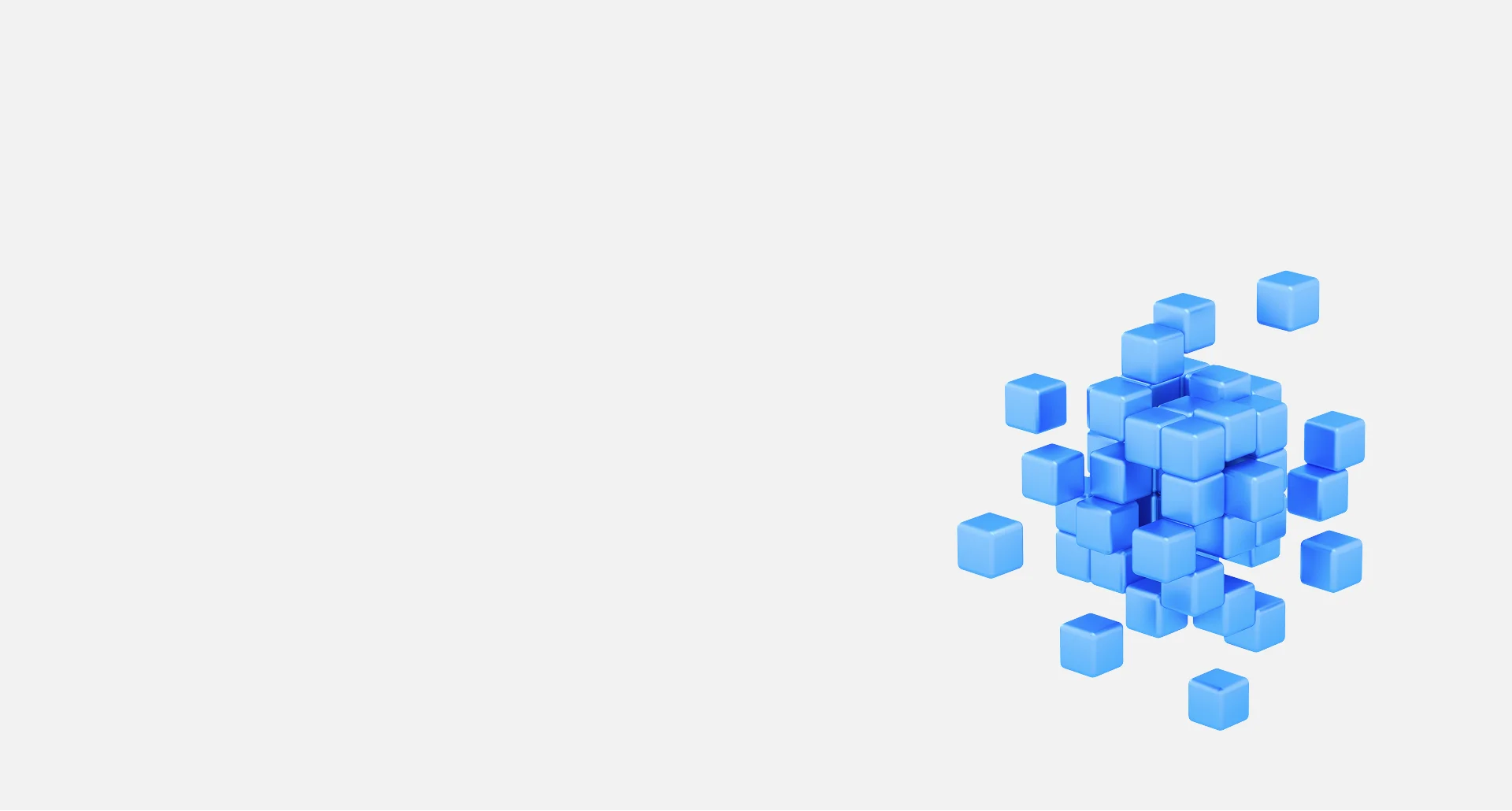

Nozioni di base sulla blockchain: cos’è e perché è importante
La blockchain è un registro digitale decentralizzato e distribuito che registra le transazioni in modo sicuro e trasparente attraverso una rete di computer. Sebbene sia più conosciuta per alimentare criptovalute come Bitcoin ed Ethereum, la blockchain ha molte altre applicazioni significative in settori come la finanza, la sanità e la logistica.
Cos'è la Blockchain?
Alla base, la blockchain è un database condiviso mantenuto da una rete distribuita di nodi. È composta da "blocchi" di dati collegati tramite hash crittografici. Una volta che i dati sono registrati in un blocco e aggiunti alla catena, diventano immutabili e visibili a tutta la rete.
Ogni blocco include tipicamente:
Una lista di transazioni validate
Un timestamp
Un riferimento al blocco precedente (hash)
Questa struttura rende la blockchain sicura, trasparente e quasi impossibile da manomettere.
Come Funziona la Blockchain?
La blockchain funziona attraverso il consenso di più computer, spesso chiamati nodi. Ecco come funziona in termini semplici:
Viene richiesta una transazione.
Viene creato un blocco che rappresenta la transazione.
Il blocco viene inviato a tutti i nodi della rete.
I nodi convalidano il blocco tramite meccanismi di consenso (es. Proof of Work).
Il blocco verificato viene aggiunto permanentemente alla catena.
Questa struttura permette alla blockchain di funzionare senza un'autorità centrale.
Caratteristiche Chiave della Tecnologia Blockchain
Decentralizzazione: Nessun punto unico di controllo o di guasto.
Trasparenza: Tutte le transazioni sono verificabili pubblicamente.
Immutabilità: Una volta aggiunti, i dati non possono essere modificati.
Sicurezza: Utilizza la crittografia per collegare e proteggere i blocchi.
Tipi di Blockchain
Esistono diversi tipi di blockchain, ognuno con esigenze differenti:
Blockchain Pubbliche (es. Bitcoin): Aperte a chiunque, decentralizzate.
Blockchain Private: Accesso limitato a partecipanti selezionati.
Blockchain di Consorzio: Controllo condiviso da più organizzazioni.
Blockchain Ibride: Combinazione di caratteristiche pubbliche e private.
Applicazioni della Tecnologia Blockchain
Sebbene la blockchain sia più comunemente associata a diversi tipi di criptovalute, e trading di criptovalute, le sue applicazioni sono vaste e diversificate:
Criptovalute: Trasferimenti di valore sicuri e trasparenti.
Bancario: Regolamenti più rapidi e riduzione delle frodi.
Sanità: Cartelle cliniche a prova di manomissione.
Catene di Fornitura: Tracciamento del prodotto end-to-end.
Sistemi di Voto: Schede digitali immutabili.
Smart Contract: Accordi auto-esecutivi codificati sulla blockchain.
Sfide della Blockchain
Sebbene la blockchain abbia un enorme potenziale,’non è priva di sfide:
Scalabilità: Velocità di transazione lente su alcune reti.
Consumo Energetico: Elevato consumo di energia per il mining.
Incertezza Regolamentare: Varia a seconda della regione e del settore.
Complessità: Barriere all'adozione dovute alla curva di apprendimento tecnica.
Il Futuro della Blockchain
Progressi come le soluzioni Layer 2, il proof of stake e l'interoperabilità blockchain stanno affrontando le limitazioni attuali. Governi e imprese stanno esplorando nuovi casi d'uso nell'identità digitale, nella prevenzione delle frodi e nella finanza decentralizzata.
Conclusione
Con la sua promessa di trasparenza, sicurezza e decentralizzazione, la tecnologia blockchain ha potenziali applicazioni in innumerevoli settori. Sebbene affronti ancora ostacoli, l'innovazione continua e l'esplorazione degli usi della blockchain suggeriscono che potrebbe rivoluzionare il modo in cui vengono gestiti dati e transazioni.
Sia che si tratti di uno strumento per trasformare i sistemi finanziari, proteggere i dati sanitari o costruire reti decentralizzate, la blockchain è destinata a restare. Potrebbe svolgere un ruolo fondamentale nel futuro dell'infrastruttura digitale.
Fai trading in modo più intelligente oggi






Conto Reale
Conto
Subito






